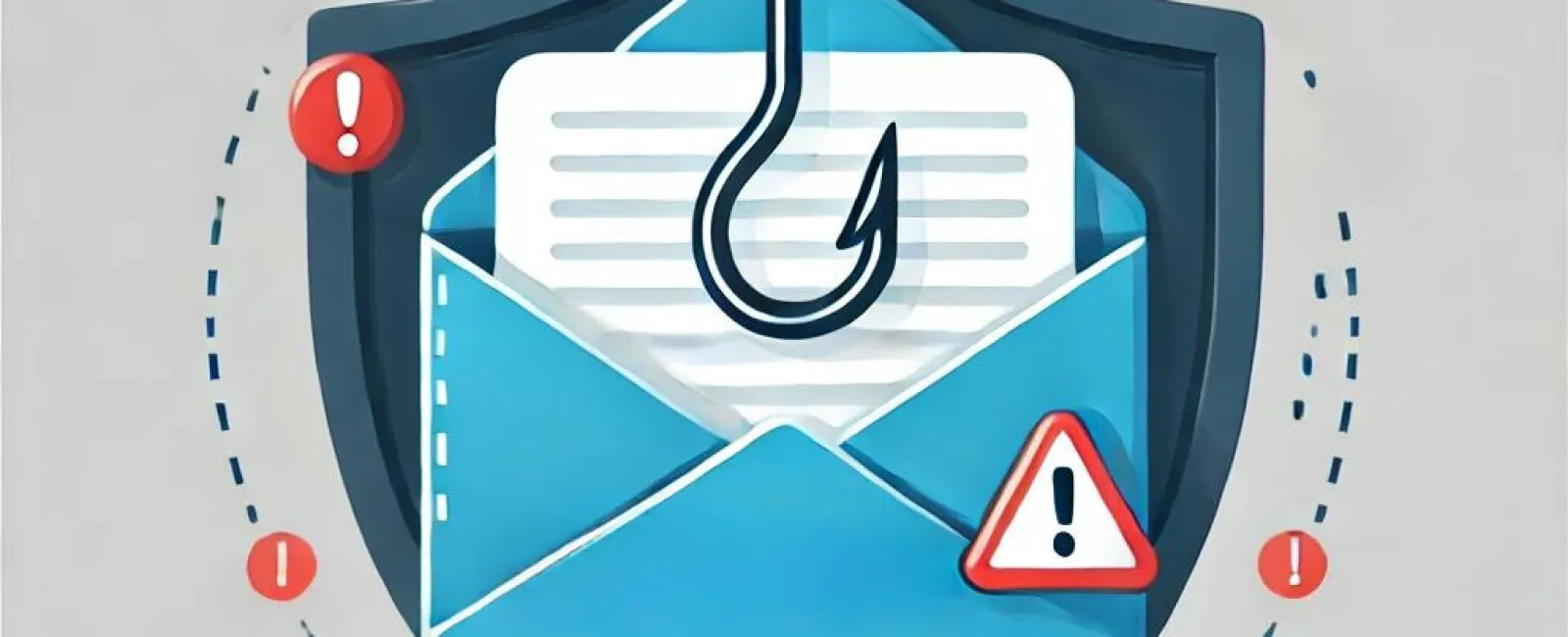October 01, 2024
Phishing attacks are the most prevalent form of cybercrime for a simple reason: they are effective. Every day, more than 3.4 billion spam emails find their way into the inboxes of unsuspecting users. Phishing emails have consistently been the most common type of attack because they are easy to execute, scalable, and continue to deceive people. With the advent of AI tools like ChatGPT, cybercriminals can now craft emails that appear more human-like, making them even harder to detect. If you're not vigilant, phishing scams can have severe consequences.
In recognition of Cybersecurity Awareness Month and the significant threat posed by phishing emails, we've developed a straightforward guide to help you and your team identify these emails and understand the importance of doing so.
What are the potential risks? Here are four major dangers associated with phishing attacks:
1. Data Breaches
Phishing attacks can compromise your organization's sensitive data, exposing it to cybercriminals. Once accessed, hackers may sell this information on the dark web or demand a ransom for its return, often without any intention of returning it. The fallout can include financial and legal consequences, damage to your reputation, and a loss of customer trust.
2. Financial Loss
Phishing emails are commonly used by cybercriminals to directly steal money from businesses. Whether through fake invoices or unauthorized transactions, falling victim to phishing can significantly impact your financial standing.
3. Malware Infections
Phishing emails often carry malicious attachments or links that, once clicked, can infect your systems with malware. This can disrupt operations, cause data loss, and necessitate expensive remediation efforts.
4. Compromised Accounts
When employees fall for phishing scams, their accounts can be compromised. Attackers can then exploit these accounts to initiate further attacks or gain unauthorized access to sensitive company information.
The risks extend beyond these examples, but there are steps you can take to avoid becoming a victim of phishing attacks.
Introducing the S.E.C.U.R.E. Method, a strategy for you and your employees to identify phishing emails:
- S - Start With The Subject Line: Is it unusual? (e.g., "FWD: FWD: FWD: review immediately")
- E - Examine The Email Address: Do you recognize the sender? Is the email address strange or different from usual?
- C - Consider The Greeting: Is the salutation odd or generic? (e.g., "Hello Ma'am!")
- U - Unpack The Message: Is there a sense of extreme urgency to click a link, download an attachment, or act on an offer that seems too good to be true?
- R - Review For Errors: Are there grammatical mistakes or unusual misspellings?
- E - Evaluate Links And Attachments: Hover over links to check the URL before clicking, and avoid opening attachments from unknown senders or those you weren't expecting to receive.
It's also important to have a cybersecurity expert monitor your network and eliminate e-mail spam before your employees can make a mistake. Make sure you're taking proper precautions to protect your network. These phishing attacks work and happen all the time. We don't want YOU to be the next victim, so protect yourself by calling us at 541-726-7775 or clicking here to schedule a 15-Minute Discovery Call.




